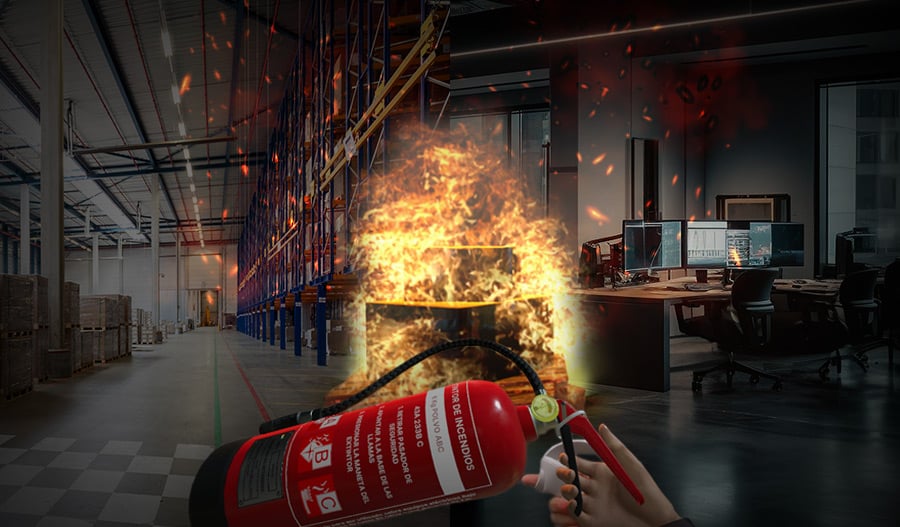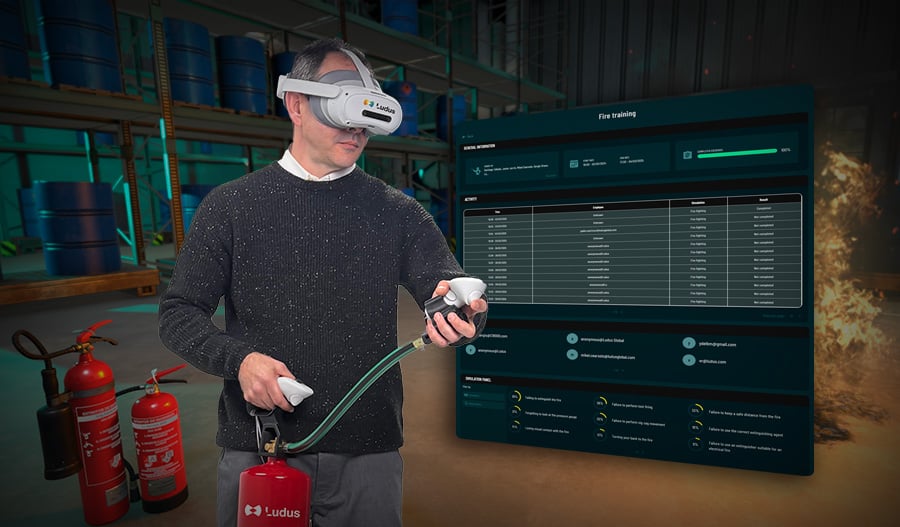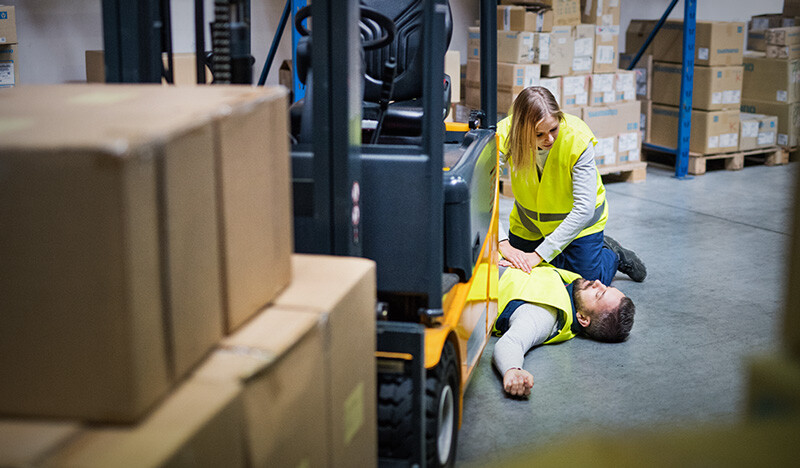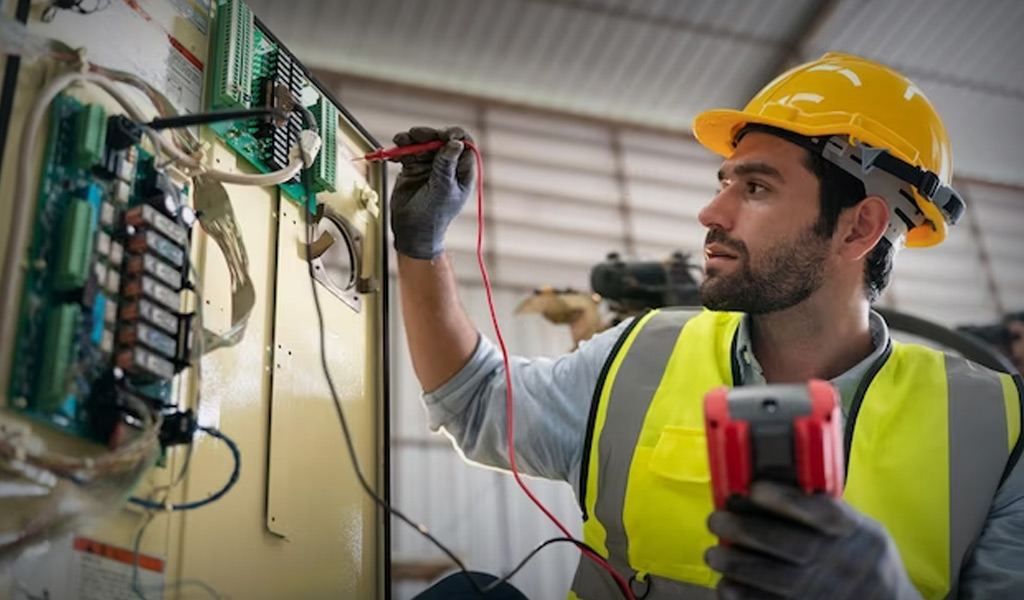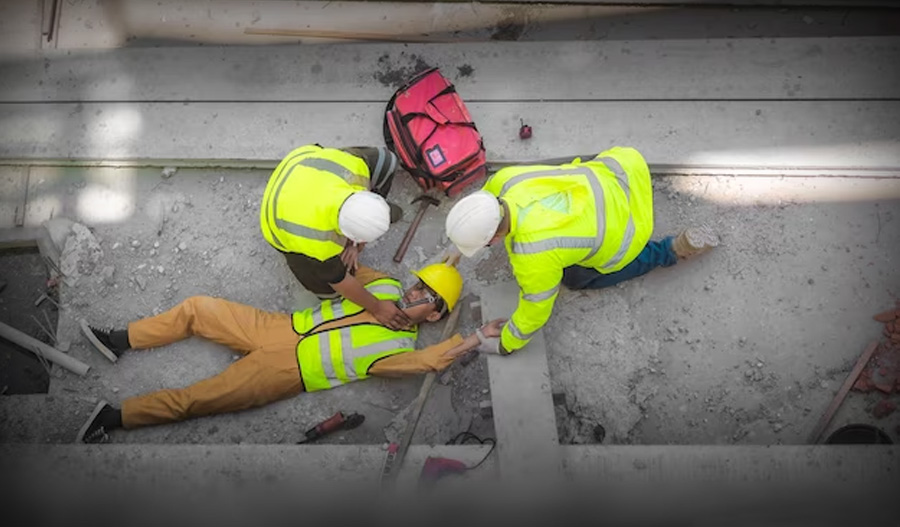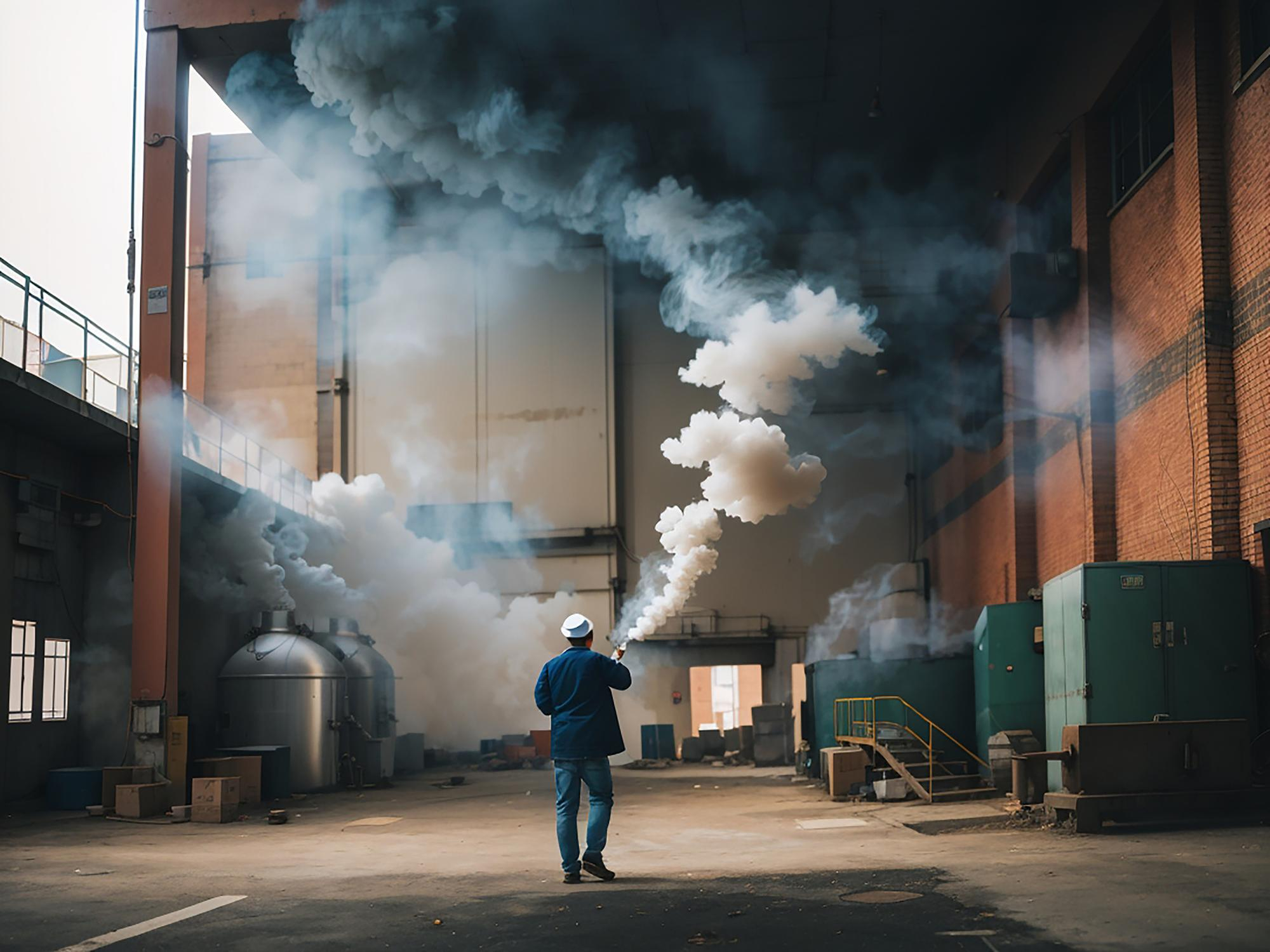Safety in industrial companies is an integral component for the efficient and effective operation of any organization. Here at Ludus, we fully understand the importance of fostering a risk prevention culture in the workplace. Therefore, we are here to help you understand what a prevention culture is and how you can implement it in your own organization.
What is a Risk Prevention Culture?
The "risk prevention culture" refers to a philosophy in which the safety and health of employees are fundamental priorities in the daily operations of a company. This goes beyond having safety measures; it involves integrating safety practices into all activities and levels of the organization. The goal is to minimize risks and accidents in the workplace, fostering a safe and healthy work environment.
Steps to Implement a Risk Prevention Culture in Your Company
Risk Analysis and Assessment
The first step in implementing a risk prevention culture is to conduct a comprehensive analysis of existing risks in your company. Identify and evaluate all potential hazards, from health risks to threats to physical safety.
Planning and Design
Once you have identified the risks, it's time to plan and design prevention measures. This may involve changes in work processes, investment in safety equipment, or even redesigning facilities to minimize risks.
Training and Awareness
After designing the measures, it is important to train employees in their application and correct use. You can use virtual reality tools, such as those offered by Ludus, to simulate real situations and train your employees safely and effectively.
Communication and Participation
Effective communication is crucial for everyone in the organization to understand the importance of the prevention culture. Employee participation in the process not only improves implementation but also increases adherence to safety measures.
Implementation and Monitoring
Once prevention measures are in place, continuous monitoring is crucial to ensure compliance and effectiveness. This will also allow you to make adjustments in case of issues or changes.
Continuous Improvement
Finally, strive for continuous improvement in prevention measures. The prevention culture is not a final state but a process of continuous improvement that adapts to new situations and challenges.
Conclusions
Implementing a risk prevention culture is essential to ensure a safe and healthy work environment. By taking proactive measures, you can minimize accidents, improve productivity, and foster greater employee satisfaction. Remember, at Ludus, we are ready to help you every step of the way.
The risk prevention culture is not just a strategy to avoid incidents; it is a comprehensive philosophy that focuses on the health and safety of employees. By implementing it, you can significantly improve your company's performance and make it more attractive to talent.
At Ludus, we understand the challenges of implementing a prevention culture in a company. Therefore, we offer virtual reality solutions for employee training and awareness. Our solutions allow employees to experience risky situations safely and learn to react in the best possible way.
Implementing a risk prevention culture can be a complex process. However, with a systematic and dedicated approach, you can achieve it. Start by identifying and evaluating risks, planning and designing prevention measures, training and raising awareness among employees, communicating effectively, implementing and monitoring, and finally, seeking continuous improvement. With each step, you will be closer to creating a safer and more productive work environment.
In summary, the prevention culture is much more than a series of safety policies. It is a mindset, an attitude, a way of life within the company. It is a commitment to protect and care for employees, to ensure that every day they can return home as healthy as they arrived. It is a continuous effort to make safety an integral part of all activities and operations.


